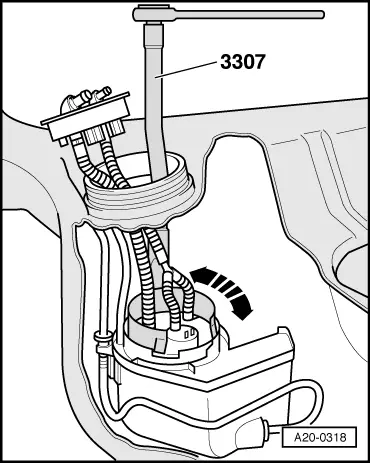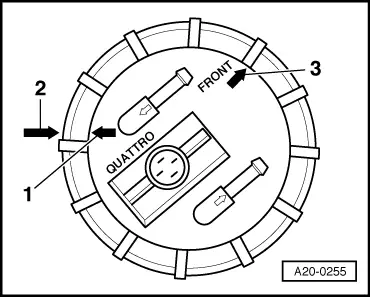A4 Mk1
|
Fuel supply system - four-wheel drive
Removing and installing fuel delivery unit - vehicles with 4-cylinder engine
|
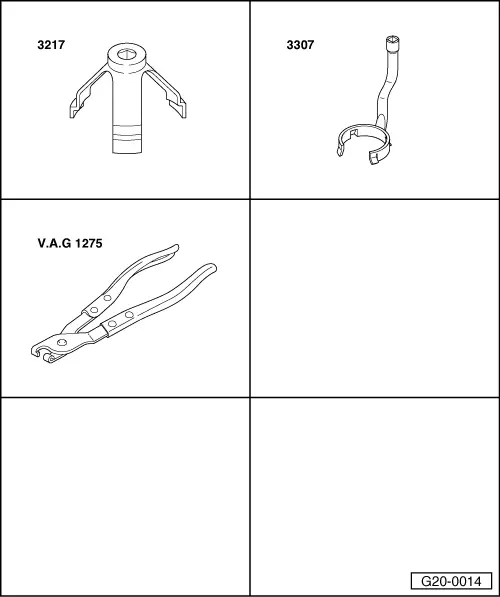 |
|
|
Special tools and workshop equipment required
|
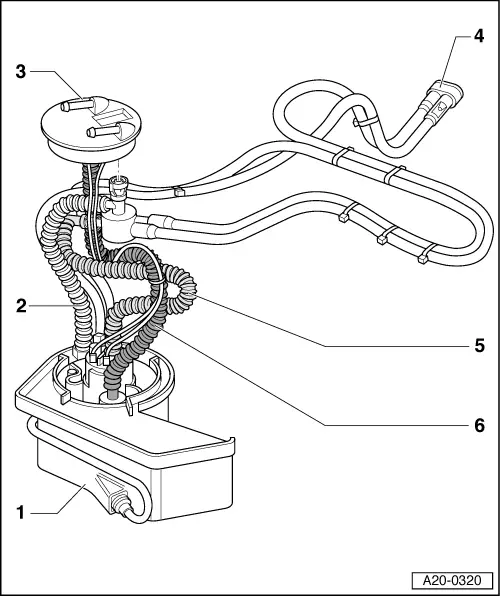 |
|
|
Note: The illustration shows the correct routing of hoses inside the tank.
Observe safety precautions. Observe rules for cleanliness => Page 20-3. Removing |
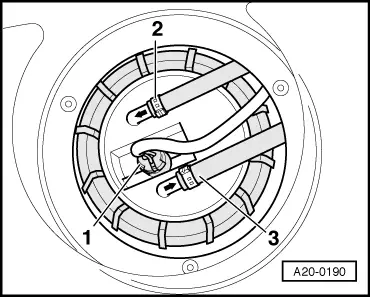 |
|
|
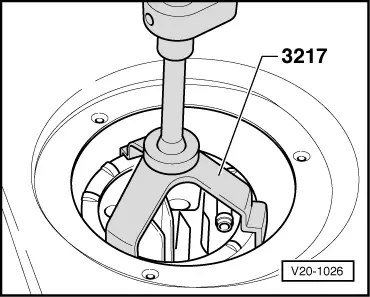 |
|
|
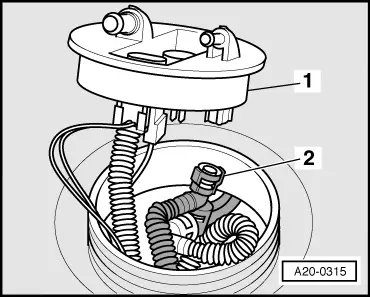 |
|
|
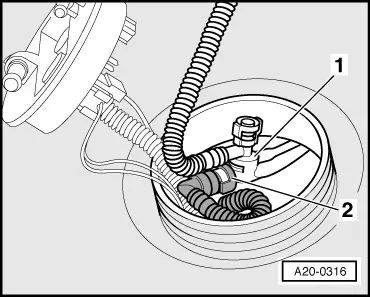 |
|
|
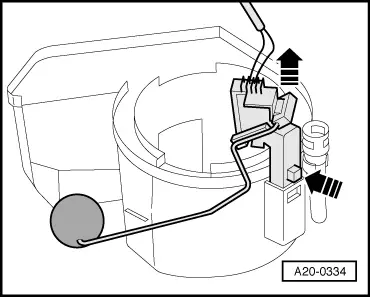 |
|
|
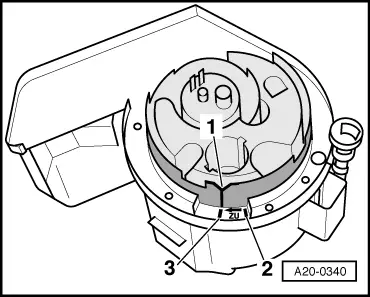 |
|
Notes: |
 |
|
|
 |
|
|
 |
|
|

